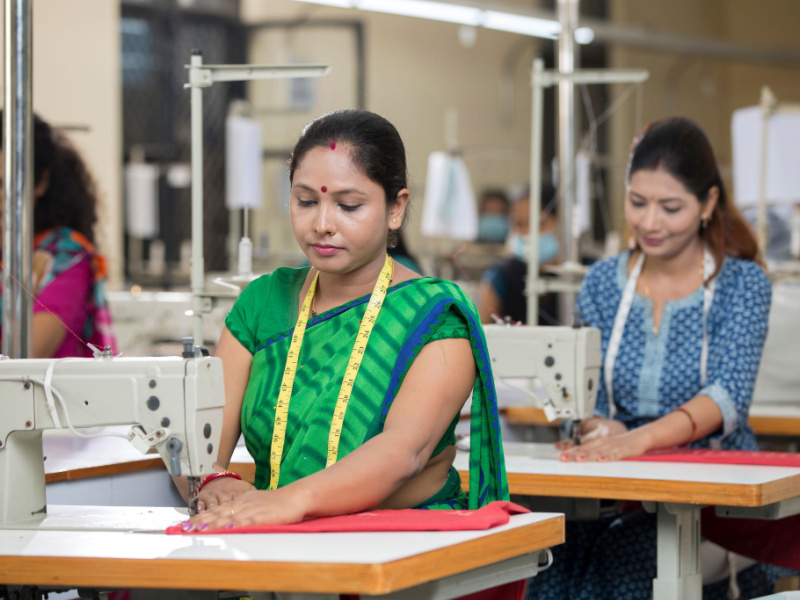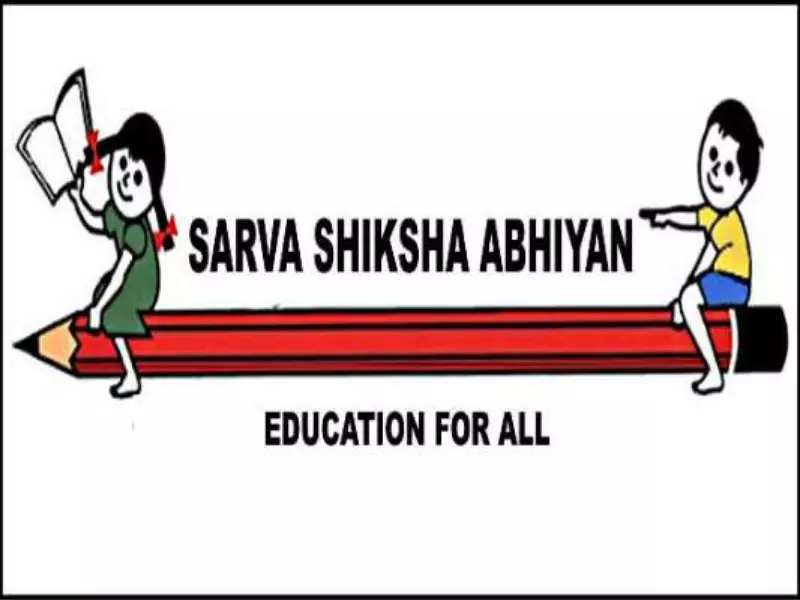
The Ministry of MSMEs (Micro, Small, & Medium Enterprises) & the Indian government developed the Fund for Regeneration of Traditional Industries (SFURTI Scheme) in 2005 to support cluster growth.
KVIC is responsible for promoting Khadi and V.I. product growth and expansion. Seventy-six clusters have been established as part of the program, with many of them having been finished.
The Revamped SFURTI Cluster will strengthen the program’s long-term viability by establishing a Special Purpose Vehicle (SPV) or designated SPV. Furthermore, the updated guideline includes a slew of new capabilities that will let SFURTI clusters grow in all directions.
Traditional industries will work more efficiently and be lucrative due to cluster development. In addition, SFURTI intends to create Common Facility Centers (CFCs) to create long-term job possibilities. Since its start, many plans have been integrated under the SFURTI Scheme. This strategy will be discussed in this article.
What are the SFURTI Scheme’s Purposes?
The following are the goals of SFURTI:
- To provide their assistance to improving job opportunities and increasing the marketability of specific clusters’ products
- To determine the artists’ abilities
- To best compete, traditional industries and craftspeople should be organized into clusters
- To provide for the development of artisanal tools and equipment
- To become familiar with and recognize the cluster’s target clientele, comprehend their needs, and build and demonstrate product lines to meet those demands. The buyer segment should receive a lot of attention
- For the cluster’s long-term survival, seek to develop a multi-product cluster with only an integrated value chain and a market-driven strategy
- To ensure convergence from the design phase
- To provide ongoing employment options for traditional industry artisans and rural entrepreneurs
- Make huge investments in product design and quality enhancement. Furthermore, to standardize the process efficiency and inputs for the goods to meet quality requirements
- To improve cluster governance systems with the engagement of people so that they can evaluate the possibilities and threats and address them
- To ensure convergence from the design phase
- To start creating precise product lines out of the type given
- To boost the impact, carry out a brand unifying operation
FURTI Scheme Funding Information:
The level of financial assistance granted by the government under this plan for different projects is limited to Rs. 8 crores.
- The budget range is Rs. 8 crores for Heritage Clusters (1000 to 2500 craftsmen).
- The budget limit is Rs. 3 crores for major clusters (500 to 1000 craftspeople).
- The budget limitation is Rs. 1 crore for Mini Clusters (500 craftsmen).
Eligibility to Offer Loans Under the SFURTI Scheme:
- Non-Governmental Organizations (NGOs)
- Field functionaries of the State Government & Central Government
- CSR Foundations
- Panchayat Raj Institutions (Pris)
- Private sector by creating cluster-specific SPVs
- Semi-Government Institutions and Central & State Government Institutions
SFURTI Scheme Beneficiaries & Target Industries:
The following are some of the potential benefits and target sectors:
- Co-ops, SHGs, artisan guilds, cooperations, business groups, etc.
- Workers, artisans, and institutional and private corporate development service providers.
- Traditional industries’ execution agencies, area functionaries of government bodies, and policymakers.
Clustering Selection Criteria:
Clusters are selected depending on their geographic concentration, which must be at least 500 beneficiary households of micro-enterprises or craftsmen, service providers, raw materials suppliers, merchants, and so on. In addition, they must be located within one or two income sub-divisions in a region.
The SFURTI Scheme will consider the potential for increased job and production generation while selecting clusters. While choosing collections, keep in mind the country’s geographical distribution of groups, with a baseline of 10% in the North-East.
Financial Assistance:
Any project will receive a total of Rs. 8 crores in financial assistance:
- A budget ceiling of Rs. Three crores would be set out for notable clusters (500 to 1000 artisans).
- There will be a 50% decline in the number of artisans per cluster in the North-East Zone of Jammu & Kashmir and the Mountainous States.
- A budget ceiling of Rs. 8 crores will be awarded to historic clusters (between 1000 and 2500 craftspeople).
- A budget ceiling of Rs. 1.50 crores would be granted for mini-clusters (up to 500 artisans).
How Do I Apply for the SFURTI Program?
To register for this scheme, qualified firms, organizations, or agencies must submit a proposal to the KVIC State Office, which is then reviewed at the State and Zonal levels before moving forward to the Scheme Steering Committee for the last approval.
Implementing Organizations:
NGOs (Non-Governmental Organizations), State & Central Government institutions and Semi-Government Institutions, State & Central Government sector functionaries, Panchayati Raj Institutions, and others are the implementing agencies with the necessary competence to carry out cluster development. Therefore, one I.A. shall be assigned to each cluster unless the agency has state-wide coverage.
The Nodal Agencies will choose them based on their regional reputation and professional experience at the grassroots level, considering the established requirements.
Interventions in the Scheme:
The three intervention approaches covered by the SFURTI Scheme are as follows:
Soft interventions:
It includes raising general knowledge of the plan, developing trust, counselling, and motivating participants. It also provides artisan skill development, the establishment of institutions, and capacity building. Visits by craftspeople, development, and product design are among the other steps performed.
Difficult Interventions
Create clusters for a variety of items and packaging. Raw material banks, standard facility centres, technological upgrades, warehouse facilities, and universal facility centres are among the other efforts.
Thematic Interventions
This sector consists of many clusters that showcase both domestic and international markets. In addition, marketing campaigns brand promotion aid these efforts and collaboration with e-commerce platforms to reach new markets and clientele.
Conclusion
The Funding Scheme for Regeneration of Traditional Businesses, or SFURTI Scheme, was launched by India’s Ministry of Micro, Small & Medium Enterprises or MSME in 2005 to promote cluster growth. Since its beginning, this system has been coupled with several other schemes.
Frequently Asked Questions
The Revamped SFURTI Cluster will strengthen the program’s long-term viability by establishing a Special Purpose Vehicle (SPV) or designated SPV. Furthermore, the updated guideline includes a slew of new capabilities that will let SFURTI clusters grow in all directions.
The three intervention approaches in the scheme are soft interventions, thematic interventions and complex interventions.



























